I used to love Surface, but I no longer think they're good enough for me.
We cover Surface a lot on Windows Central, and I have previously written several articles about how much I loved my various Surface devices over the years. Before I worked at Windows Central, I went from a Surface RT, to a Surface Pro 2, to a Pro 3, and eventually, a Surface Book and Surface Book 2 15-inch, spending a ton of money on them in the process. Now, I don't.
I went through various docks, several pens, Surface Type covers, and also repair processes. I feel pretty confident in my retail experience with the brand and the services surrounding it. But in the past few years, I've fallen out of love with Surface for various reasons, and I thought I'd share why.
These reasons are only true for me; there's certainly nothing wrong with enjoying Surface since they're stunning devices. But I feel like I outgrew what I could do with them and that some of the promises in the Surface line's marketing and messaging simply don't pan out in reality. Here are the three main reasons I stopped using Surface and switched to Razer (and no, gaming isn't one of them).
1. Price to performance doesn't make sense
The Surface lineup is a strange, aspirational range of products that kickstarted a wave of innovation in the PC space, innovating in modalities for inking and other workflows. To get that physical adaptability, compromises had to be made elsewhere.
While using Surface products, I always felt like I was being held back by the hardware to some degree, especially after that initial honeymoon period wore off and it was time to get down to doing some real work. Surface Pro owners who live in warm climates or in houses without good air conditioning likely know what I'm talking about — it's not uncommon to see people using an external fan to keep some of these devices cool.
The PC-meets-tablet form factor of the Surface Book and Pro devices means you get a display crammed with components that frankly shouldn't be there. Intel CPUs get hot, and there isn't a single Surface I've used that had even close to adequate airflow to accommodate the top-level performance offered in some of these processors.
For me, it all came to a head a couple of summers ago that was particularly warm when I had to use a fan both on the keyboard and on the back of the display to use Adobe software — something often lauded by Surface marketing — due to thermal CPU throttling.
I feel like Surface offers the worst of both worlds if you're actually looking to do creative work. If you're an artist, it makes more sense to get a cheaper, more powerful laptop with an external drawing tablet. Photoshop won't throttle, Premiere or Adobe Animate won't chug, and you won't burn need to burn extra power with external fans, which is, frankly, ridiculous when you're paying anywhere up to $3000 for a laptop. Why put such expensive internals in these devices if the form factor can't accommodate them properly?
2. Years of driver problems and small issues
One thing that also typified my experience of Surface was the dreaded Blue Screen of Death (BSOD), among other strange driver anomalies. Surface Book users no doubt can attest to the debate over whether to use NVIDIA's drivers or Microsoft's "custom" NVIDIA drivers, which often arrive with the latest updates months late. I feel like a device this expensive shouldn't come with these kinds of caveats.
There were tons of weird bugs I had with my Surface devices. A specific BSOD could trigger almost without fail by using an EdgeHTML UWP app by opening Twitter UWP's GIF picker. I had issues with the hinge detachment mechanism getting stuck on the Surface Book 2, to the point of having to go nuclear and wipe all of Windows to fix it. I had issues with the Surface Dock, which is also incredibly expensive, randomly crashing out, or not having enough throughput for the number of ports it has. I also don't need to talk about how frustrating it is that the Surface Book 2 battery can go flat even when it's plugged in if you push it too hard.
3. Stung by repairability woes
Surface devices are notorious for their lack of repairability. Things have gotten slightly better over the years, but Microsoft is still scoring low marks from iFixit when it comes to repairability, and I've been stung by this a couple of times over minor problems.
On my Surface Pro 3, Microsoft wouldn't even offer an attempt to replace a slightly cracked display, telling me instead they could only offer a trade-in to a Surface Pro 4 for a whopping 650 Euros. Surface devices are already astronomically priced, and when you factor in these kinds of "repair" costs, they just get even more expensive if worst comes to worst.
Will I ever go back to Surface?
There are things I miss about my Surface devices, which have now all been sold. I like the convenience of having high-quality drawing canvas capabilities baked directly into a laptop. I love the way they look and feel, and as a Microsoft fan, being "all-in" on the ecosystem, hardware and all, is just kind of fun. But when it comes to doing real work, something Surface claims to be for; the hardware just doesn't meet the promise for me. I don't want to downplay the engineering effort on some aspects of these devices. Still, when it comes to real-world use, I look at a device like the Surface Studio and just feel like my intelligence is being insulted by the price-to-power ratio. How can devices this expensive be so underpowered?
The Surface Book hinge causes more problems than it solves, with 360 solutions making far more sense in almost every scenario. The marketing materials that show people using Surface devices detached to take notes in board room meetings just doesn't happen in reality. I'd wager money that almost nobody ever undocks the Surface Book display, save to reverse it for inking. The touch experience also sucks in most apps and within Windows itself.
Perhaps the Sun Valley refresh will go some way to bringing the Surface hardware experience closer to the OS experience, in an Apple-like way, but we'll probably be waiting years for that.
I bounced between Razer and Surface for a couple of years before finally accepting that I've just had better experiences on Razer devices. I can push these laptops hard without worrying about battery drain. I get all the latest NVIDIA drivers without issues. I can use Adobe software without worrying about thermal throttling, and they still look and feel great to use.
There's still something exciting about Surface. The folding innovations on the Surface Duo and Surface Neo look so incredibly futuristic. Still, the Duo, with its low-end camera and unimpressive performance, once again looks like it makes far too many real-world compromises to be something I'd actually want to buy.
Ultimately, I've come to accept that Surface devices are aspirational and favor style over substance, and maybe that's okay. The problem is that it's no longer enough for me, as my workflow diversified. One thing is for sure: Surface inspired other PC manufacturers to step up their game, and just like them, I will continue to admire Surface from afar.

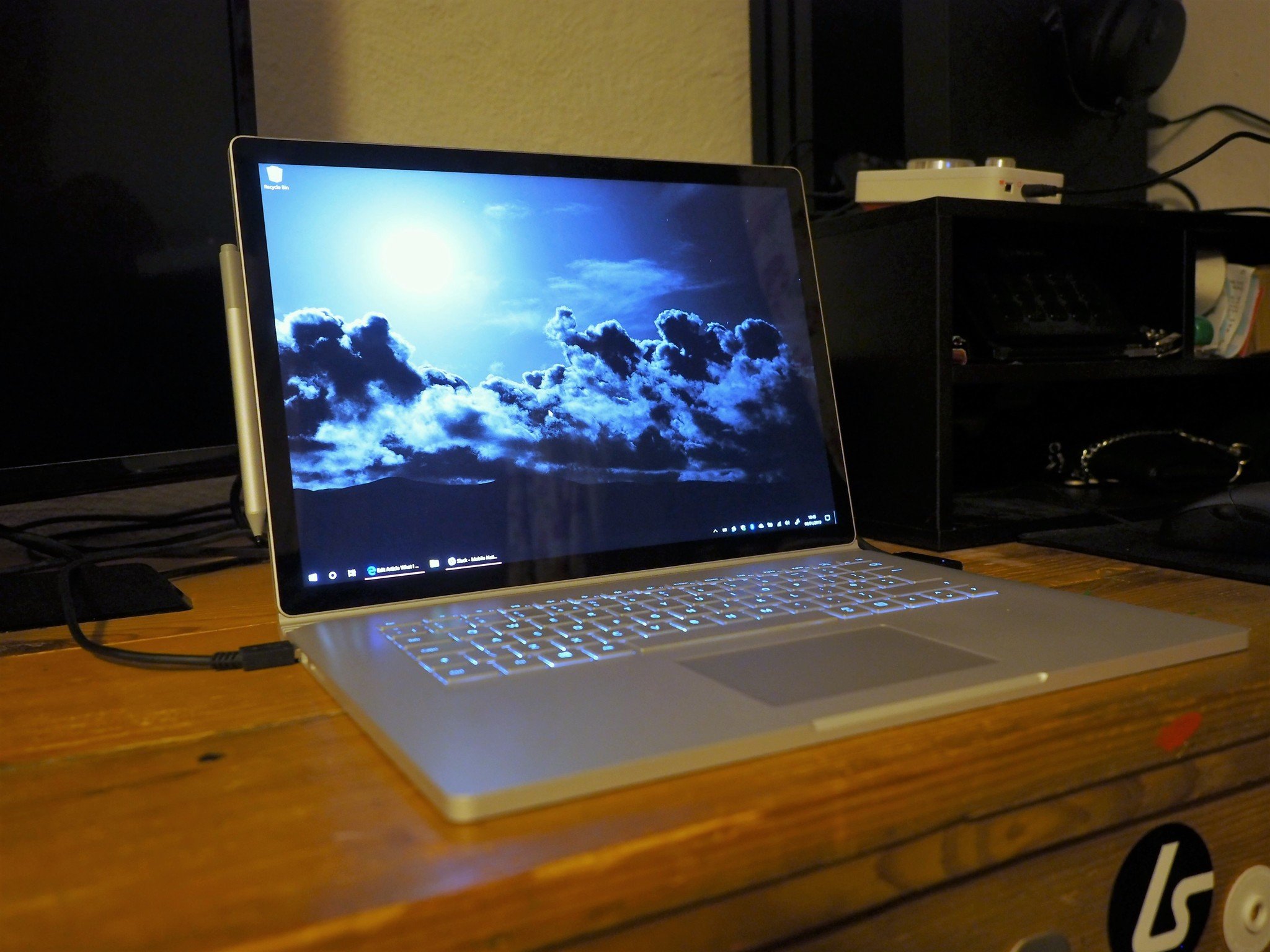
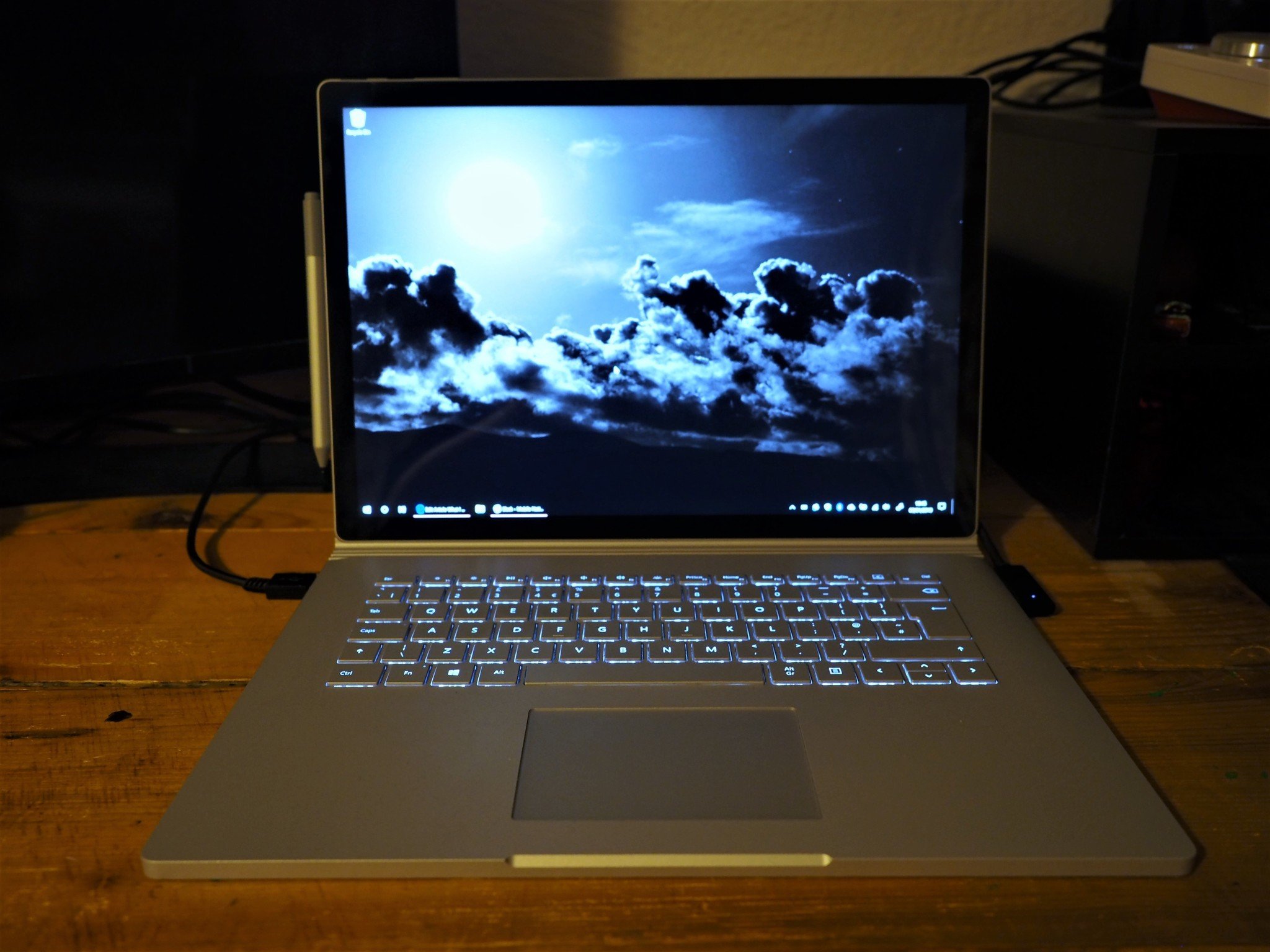
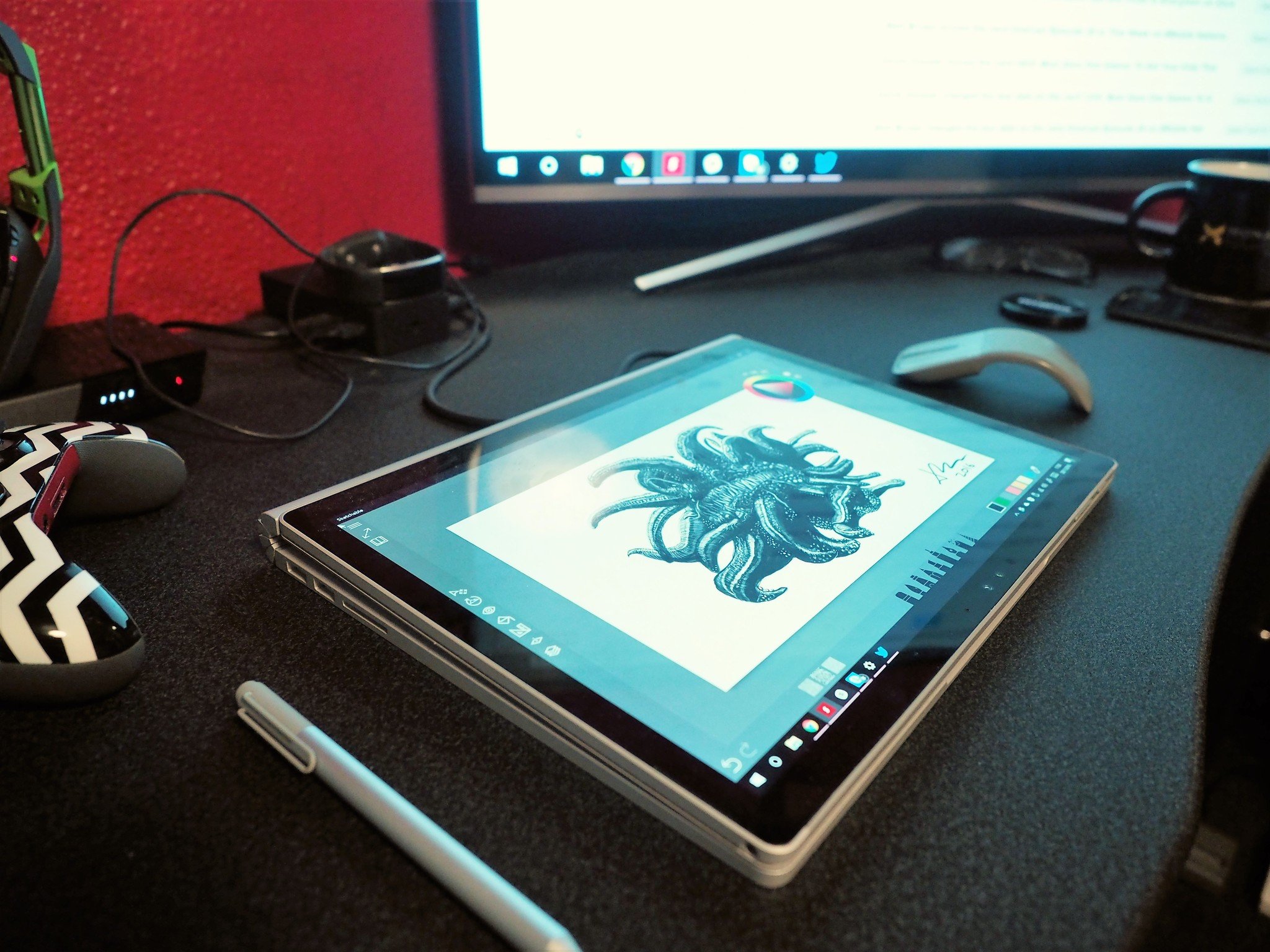
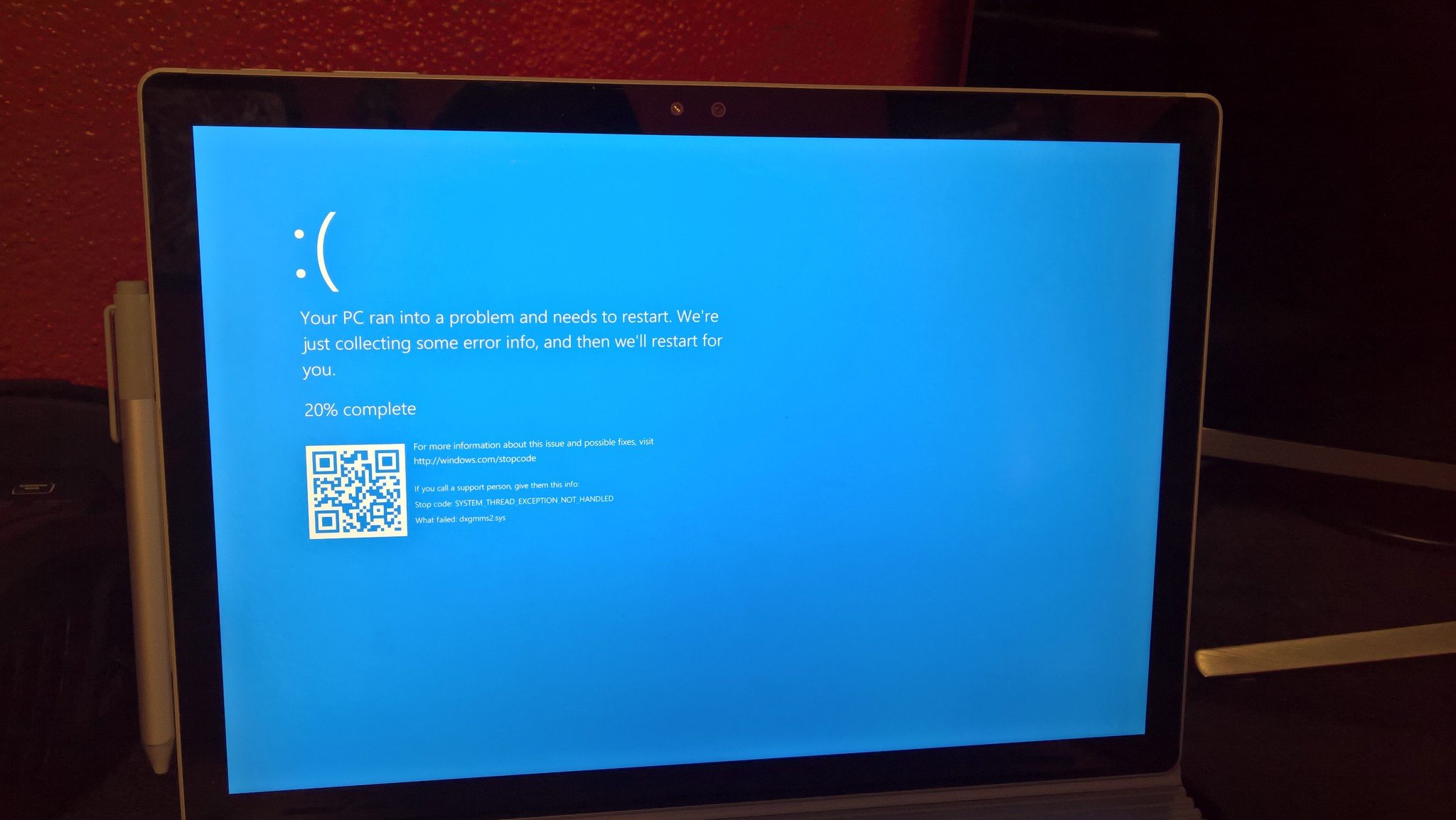
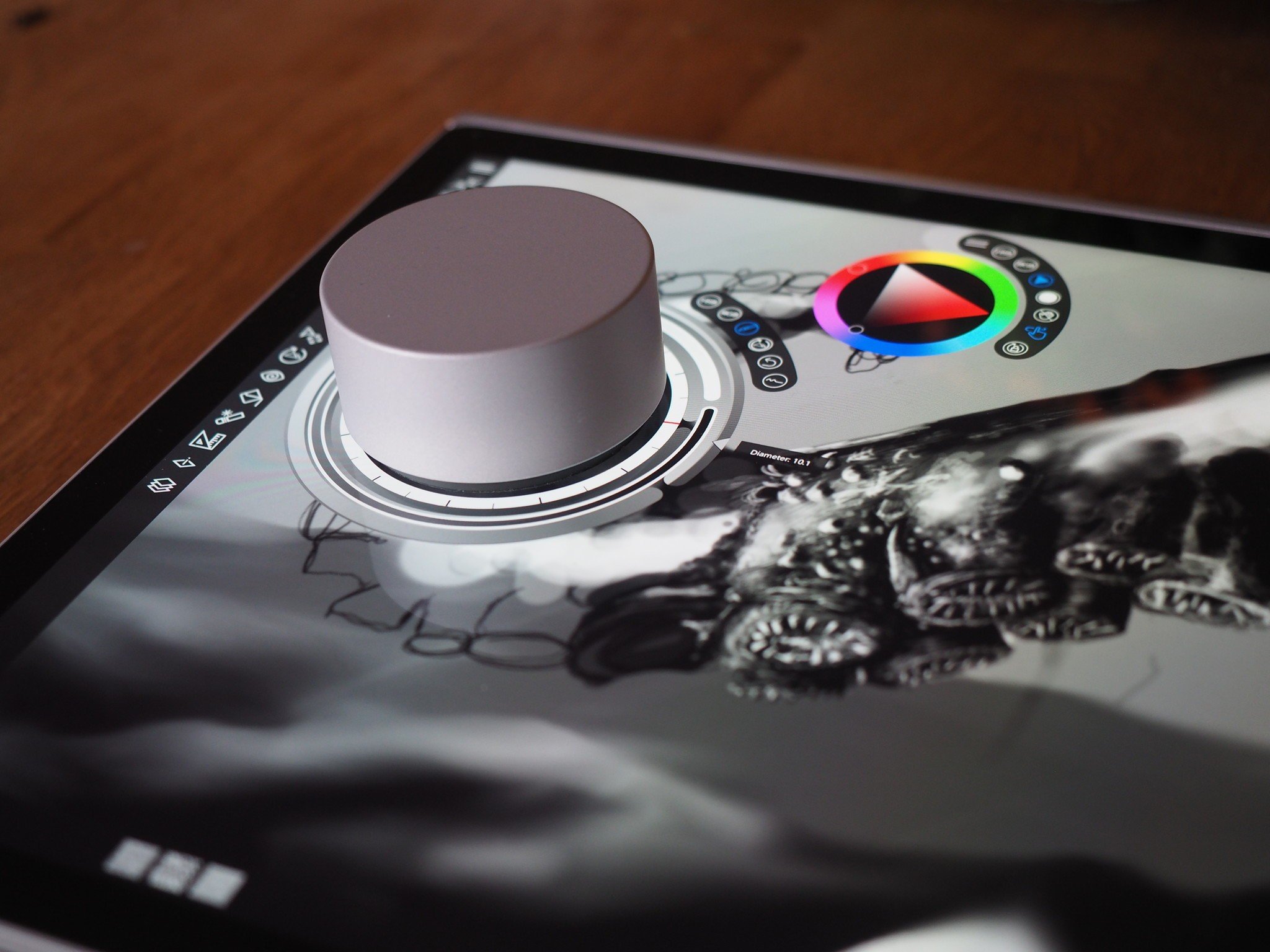
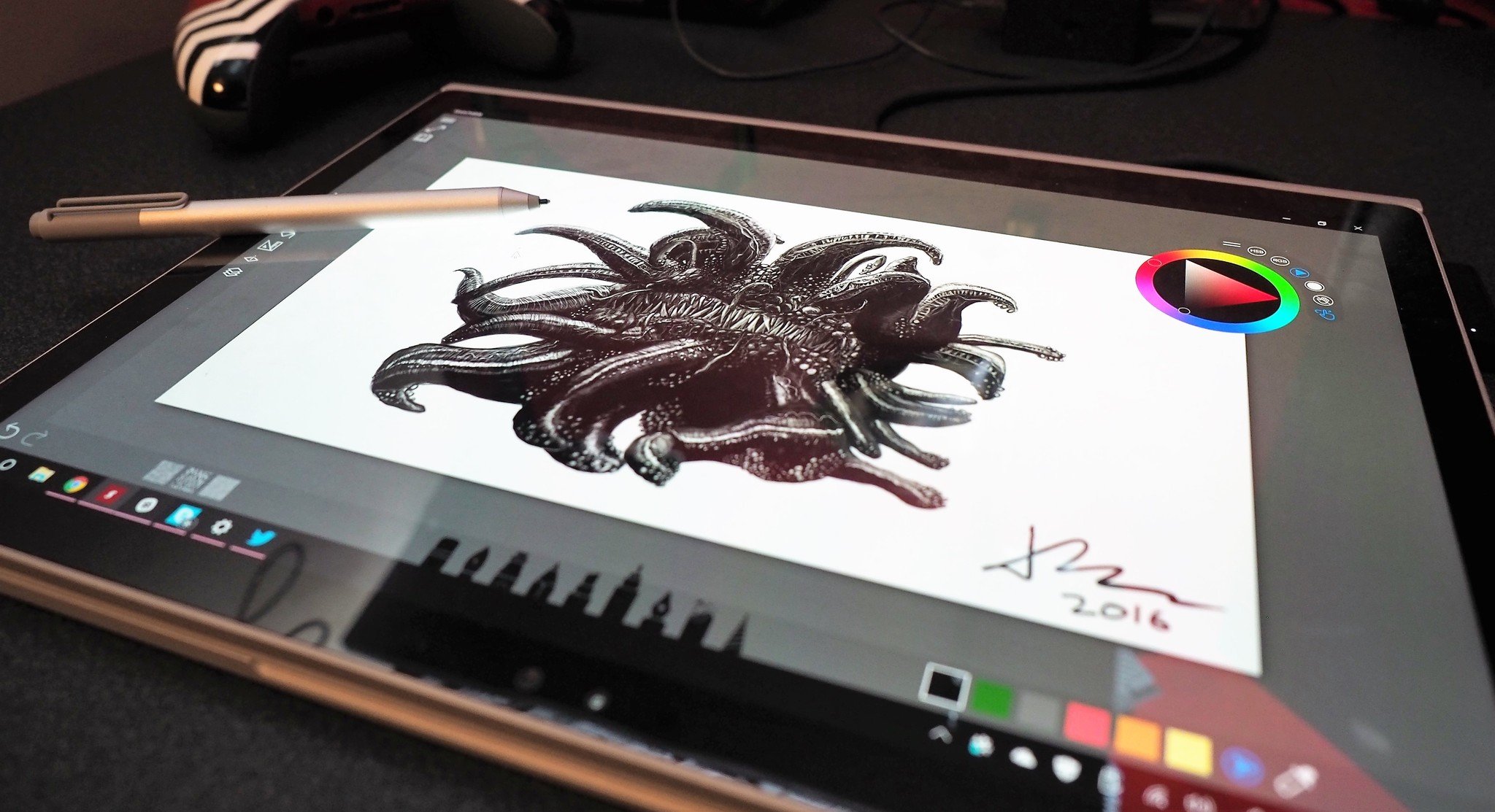
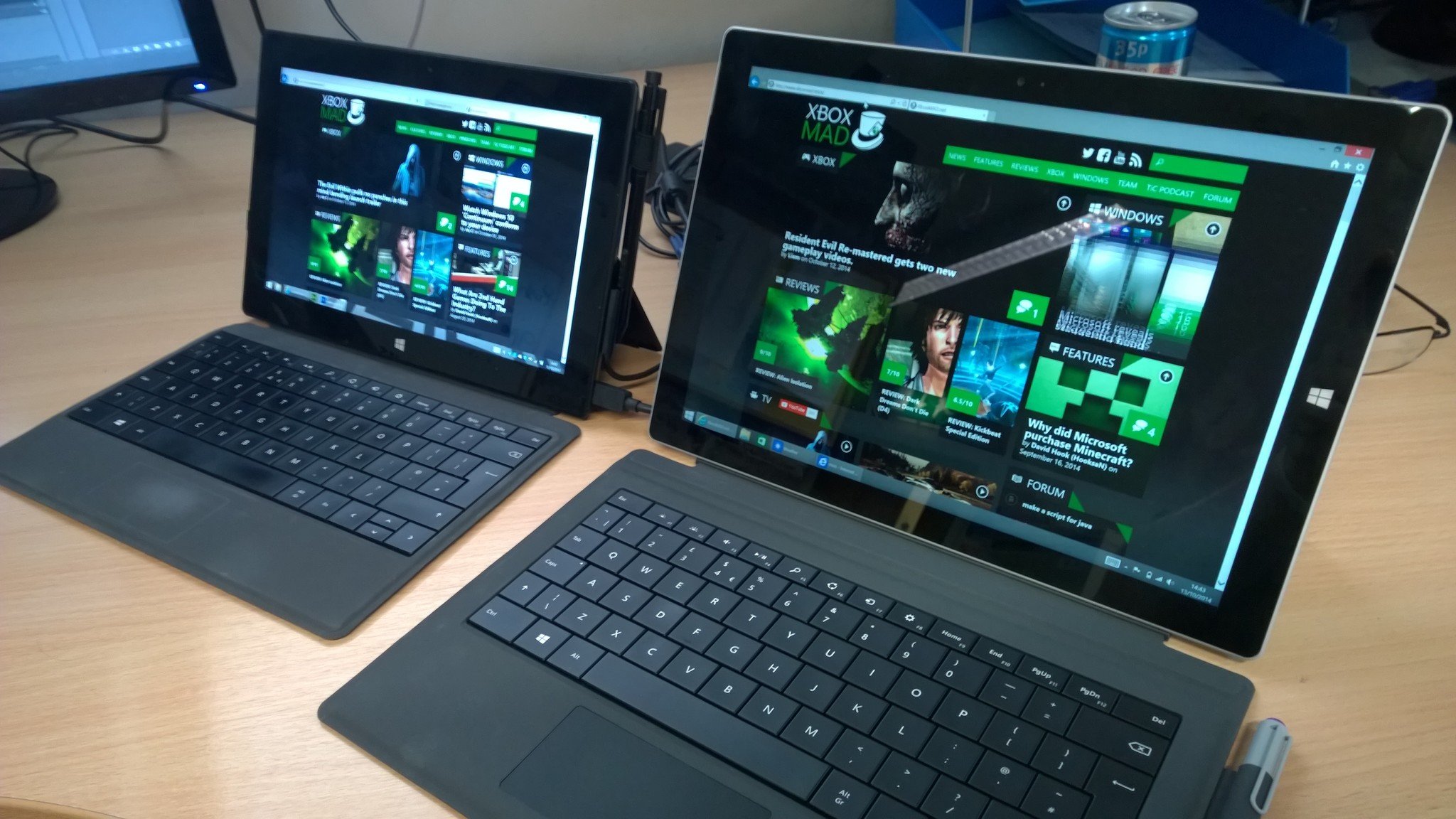



0 comments:
Post a Comment